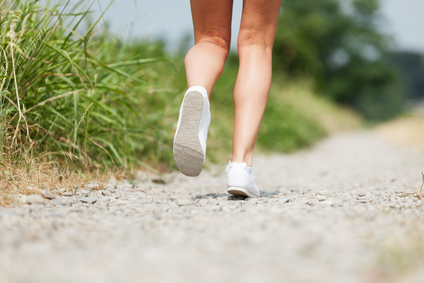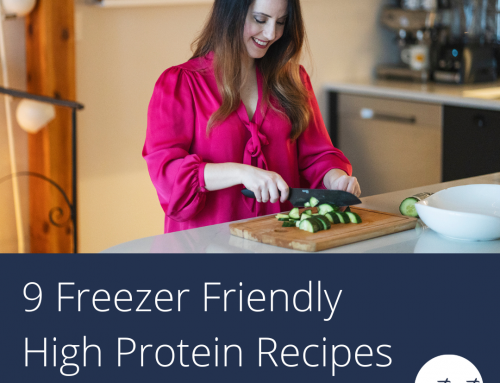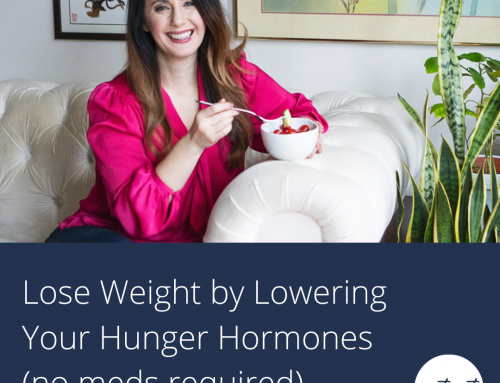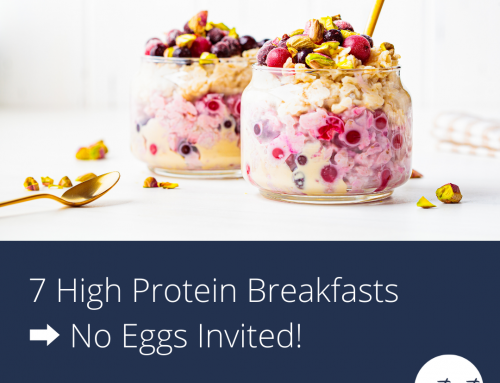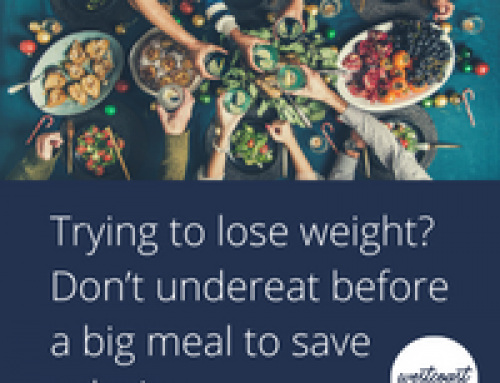There has been a lot of buzz about performance and workout nutrition food and supplements, and it can feel like if you’re not taking one you’re not going to build muscle or meet your goals. So which one should you be taking? What should you be eating? And when? Should you be fasting first and eating later, or carb loading before? So many questions, and so much conflicting information to wade through.
As it turns out, what and when to eat is entirely dependent on what your goals are, and where you are at in your first journey- this is doubly true for those just starting out or trying to slim down. So don’t let the person beside you on the mats or stalking you through the supplement store decide what you should be fuelling with.
Before we get started on the what and when, it’s key to figure out what your primary goal for workouts is. Find yourself in one of these three main categories.
Goal: Muscle and/or big strength gains
You’re likely already lean, but looking to put on pounds and see steady improvements in muscle strength and size. The bulk of your workout is heavy lifting and low rep sets.
Pre-workout: Streamline the supplements
Clients in this group are often taking a LOT of supplements both pre and post workout. Sadly, most of the really popular ones are just not that effective when we look at the research. Glutamine is probably the best example of this. So many studies have shown little effect in healthy active individuals, it only becomes an essential supplement in critical conditions like burns or trauma when needs skyrocket, and in some cases of significant digestive system damage. No matter how hard your workout feels, your muscles are just not working hard enough to deplete this amino acid if you are eating enough protein throughout the day. My goal is always to streamline the supplement stack – in many cases taking single nutrients can have negative effects including competition for amino acid receptors causing deficiency, and even reduction in gains due to high doses of anti-oxidant nutrients too close to workouts.
Pre- workout: Make sure you are well hydrated and that protein intake at previous meals has been adequate (about 20 grams for each meal and 10-20 g per snack depending on your size). Taking it right before a workout won’t actually improve your blood amino acid pool quickly enough, so don’t buy the hype. Caffeine can improve short-term focus and endurance, so a low dose (like you’d find in a coffee) should do it. Taking too much can cause digestive upset, which will just derail your workout.
Post-workout: 2:1 Protein to Carbs within 1-2 hours
For strength and size goals, the post workout window is much more important. You want to aim for a 2:1 ratio of protein to carbohydrates within 2 hours. Contrary to what your gym buddy might tell you, you do no need to shoot it within 5 minutes of finishing. That shorter window only seems to make an impact on high performance athletes who are approaching maximum size and strength, and most athletes experience an ileus (fancy word for your digestive system halting due to reduced blood flow) for a short time after any extremely intense workout, so there’s no sense in packing it in, just to stress out your gut. Wait until you feel ready to eat, and don’t bother with more than 20-30 grams of protein. We can’t actually utilize more than 30 grams per sitting, so you’re just making really expensive pee.
Examples:
- 1 scoop clean whey protein (20-30g) blended with ¾ cup yogurt of choice and 1 cup berries
- 1 chicken breast with ¼ cup quinoa and your favourite non starchy veggies
Goal: Fat loss/leaning out
You’re looking to shed some extra fluff, and may be anywhere on the spectrum from workout newbie to gym veteran, or have an especially sedentary job that seems to have slowed your metabolism.
Pre-workout: Nothing unless….
…your last meal or snack was more than 2-3 hours before the session
When the goal is leaning down, we don’t actually want to add more food than we need to. While calories aren’t everything in weight loss, they do matter, and too many will keep you right where you are. Make sure you have balanced meals and snacks throughout the day and your body will already be primed for most activity. This should include a lean protein (such as chicken, fish, or lentils), a whole grain or starchy vegetable (such as sweet potatoes) and plenty of non starchy veggies to pack in the repair nutrients (broccoli, cucumbers, salad greens).
With all this said, there is also a lot of buzz about “fasted cardio” forcing your body to burn fat. This doesn’t actually mean you’ll oxidize the fat in fat cells – we will use up more readily available sources in the blood first. And research that examine whether fat oxidation and weight loss actually increased during fasted exercise proved this theory incorrect. The fasted groups tend to perform worse (duh!) and didn’t lose any additional weight. So take home message is don’t punish yourself for nothing!
Post-workout: Light snack, only if physically hungry.
Same approach works for our post workout window here. You’re not looking to make huge muscle gains and likely aren’t training for more than 60-90 minutes. If you’re hungry, move up your usual meal or snack and then stick to your usual routine. The only time to add an extra snack, would be if you’re working out hard enough that you find yourself ravenous by the time the next meal rolls around, in this case something light with a mix of protein and carbs should do the trick.
Examples:
- Apple with 1 tbsp peanut butter
- ¼ cup yogurt with ½ cup berries
- ¼ cup trail mix (with a 2:1 ratio of dried fruit to nuts)
Goal: More energy or endurance 
You’ve likely been training for awhile, but find yourself hitting the wall earlier than you think you should during cardiovascular exercise or medium intensity strength sessions. You may find you wear out, but have little muscular fatigue the next day. Often clients in this category find they just aren’t progressing forwards in endurance or strength goals despite consistent time spent training.
Pre-workout: Carbohydrate rich snack and lots of fluids
The biggest stumbling blocks when it comes to energy during most cardio or mixed workouts are always water and carbs. The two main energy production pathways we use during these activities rely on carbohydrates as a fuel, so running low will stall your progress. Add an easy to digest carbohydrate containing snack within the 2 hours before your workout. So nothing to heavy, filling or super high fibre (this is one of the times where a kale salad will not be your friend). Soft foods or liquids such as smoothies, or even soups, work great here as they empty out of the stomach more quickly and are less likely to cause digestive distress during training.
Aside from being part of the energy production cycles, fluids are also key for maintaining blood volume and pressure (key for getting oxygen and nutrients to those muscles), and too little will result in fatigue and even nausea or weakness if intake is too low.
Remedy this by making sure you drink well throughout the day (fluid balance is always a work in progress) and add an extra 1-2 glasses of water in the 2 hours before your workout.
Examples:
- 1 medium banana
- ¼ cup plain yogurt with ½ cup berries
- 1 cup butternut squash soup with a few whole grain crackers
Post-workout: 1:2 or 1:3 ratio of protein to Carbs within 2 hours, even more fluids!
For those doing longer more endurance or cardio style workouts, you’ll want to include a post-training snack that will replenish your glycogen stores (stored carbohydrates we use for quick energy production in our muscle). Carbohydrates are key here, but research shows that adding a bit of protein seems to make this process more effective. By replenishing right away, you’re more likely to have totally topped up those energy stores by your next workout, so you’re starting from a place of strength instead of going in at a deficit.
Examples:
- Tuna salad sandwich on whole grain bread
- 1 cup lentil Dahl (great source of both protein and carbs) over ½ cup of brown rice
- Big green salad topped with 1-2 hard boiled eggs and ¾ cup quinoa
Keep in mind there is individual variability that affects your final plan – how you handle food and fluids, your digestive health and level of fitness may all play in to what works best for you. Follow the guidelines above, but feel free to experiment in an organized way (changing one thing at a time) to really dial in to what your body needs.


